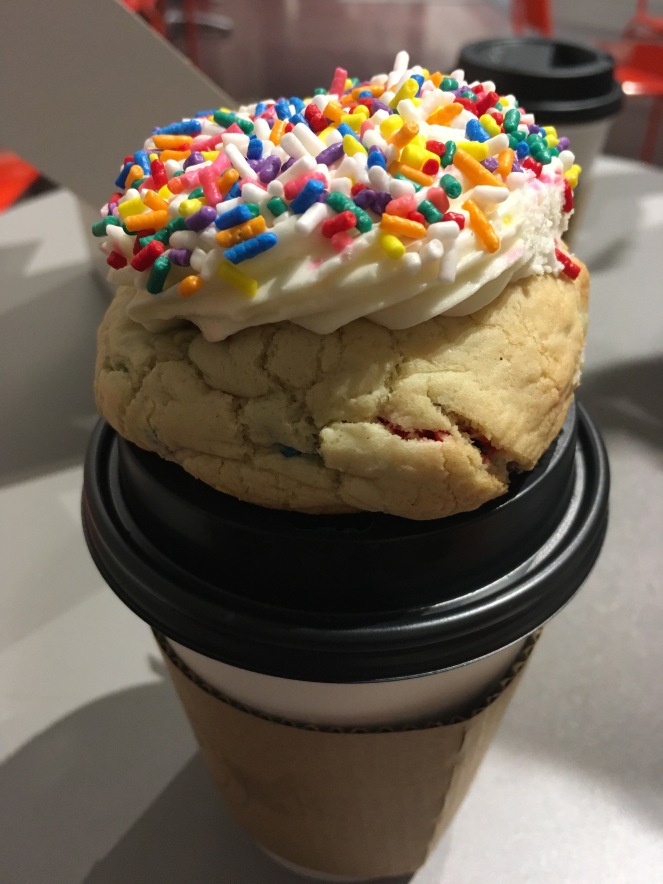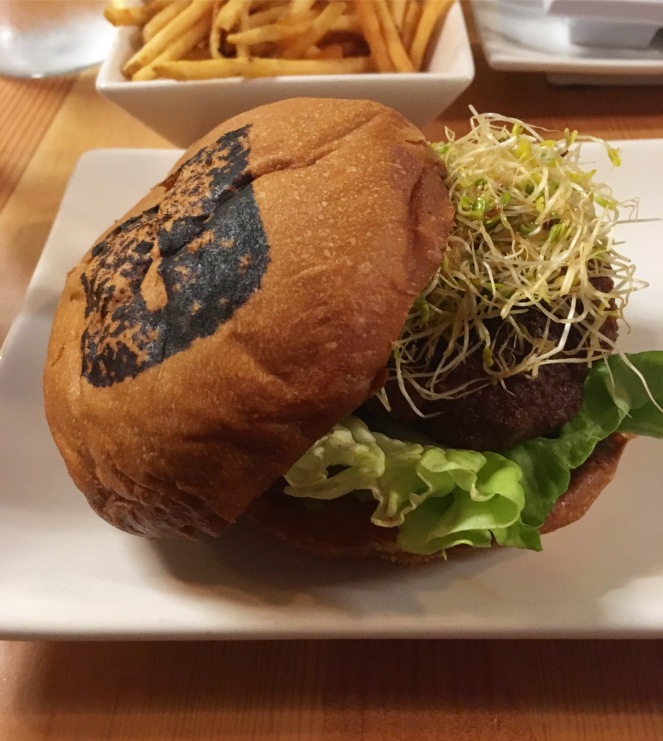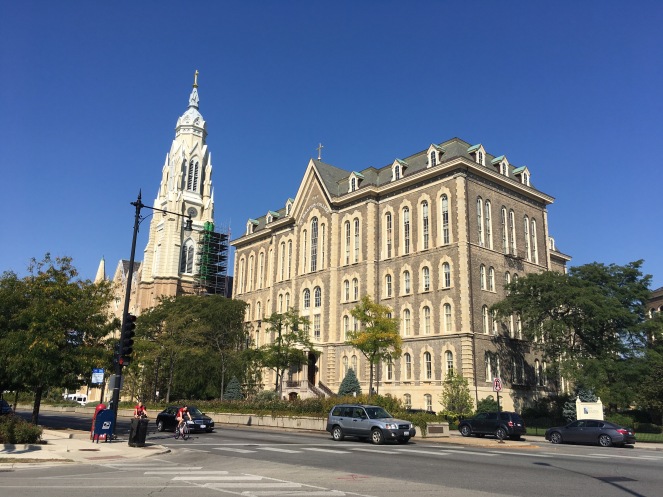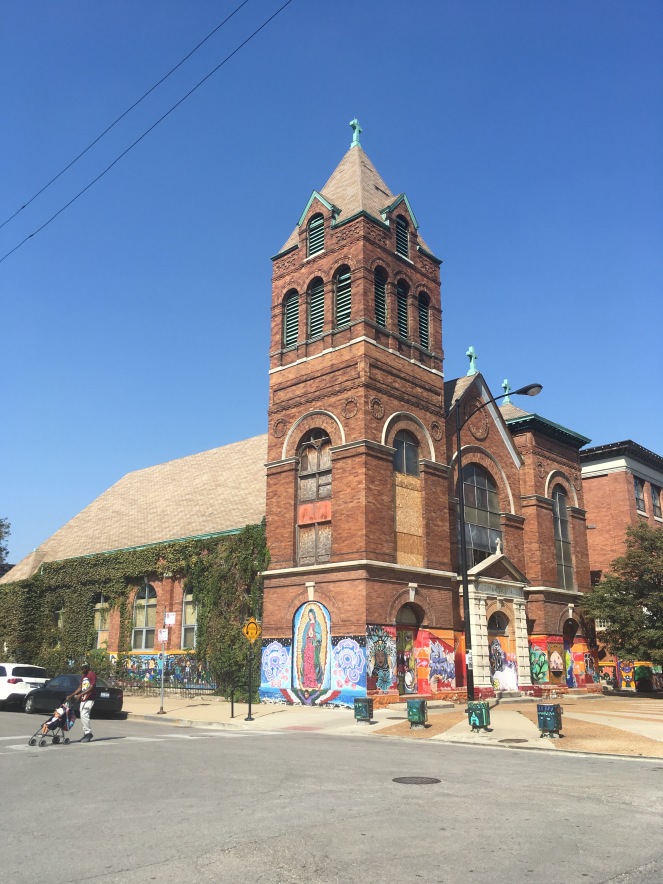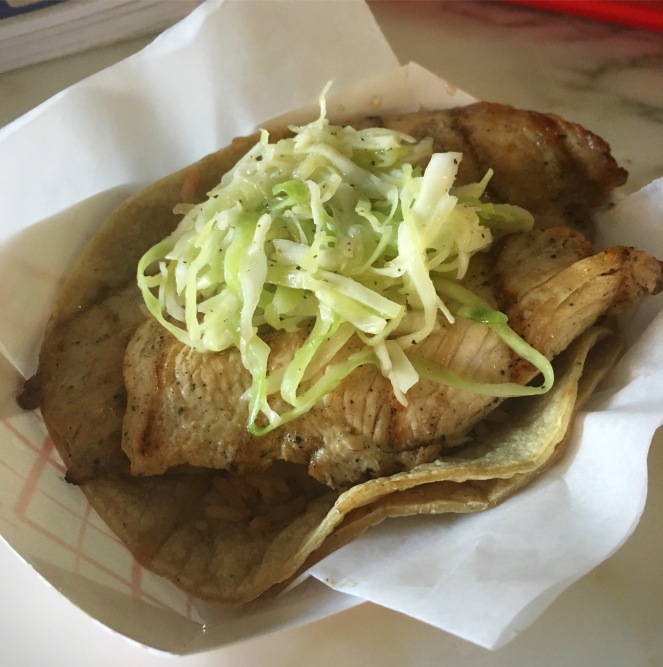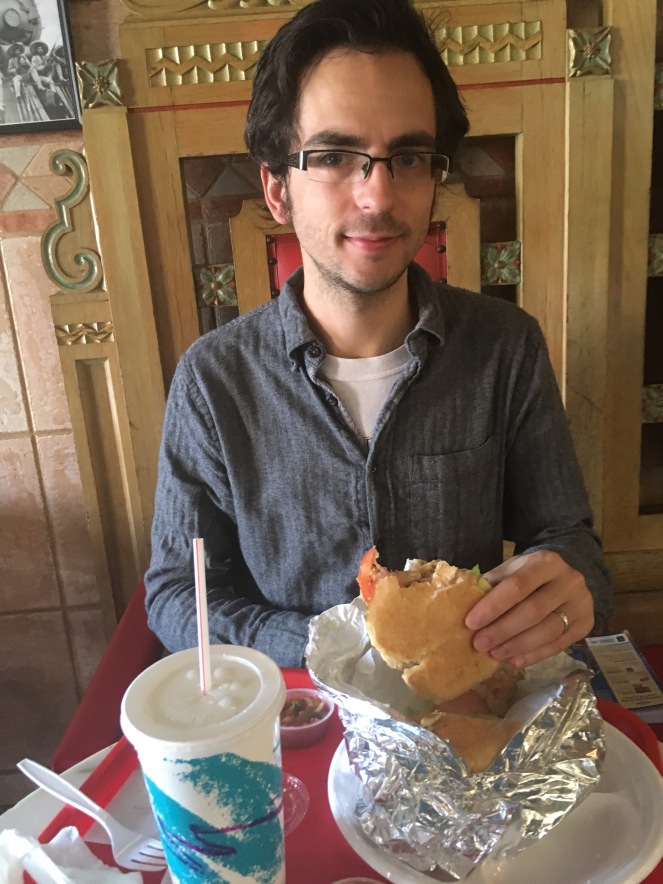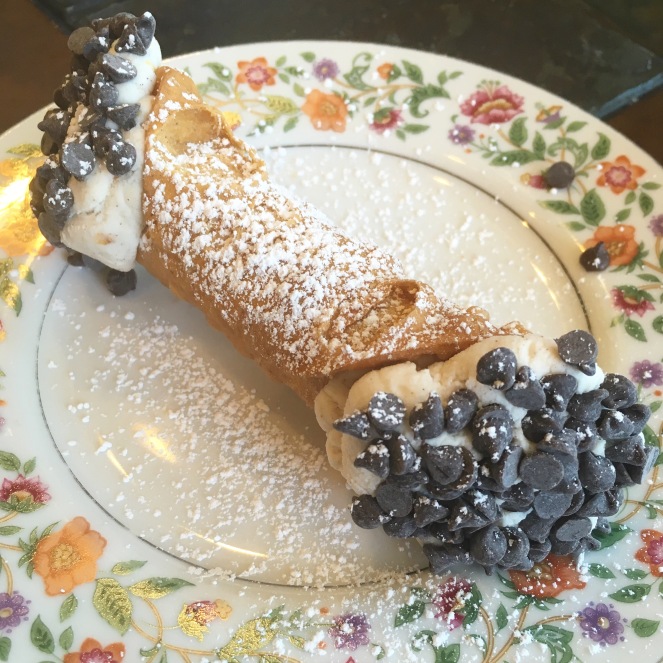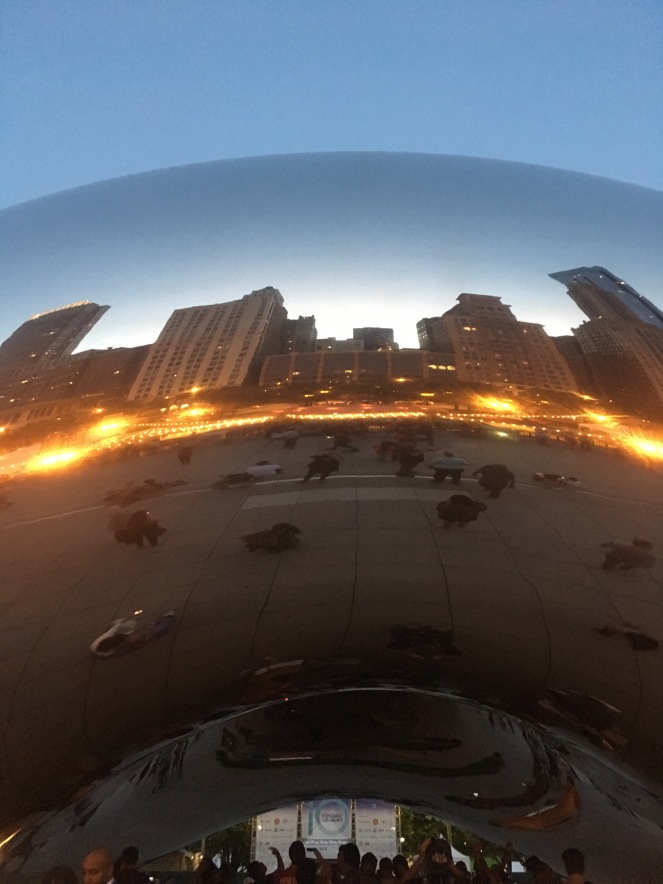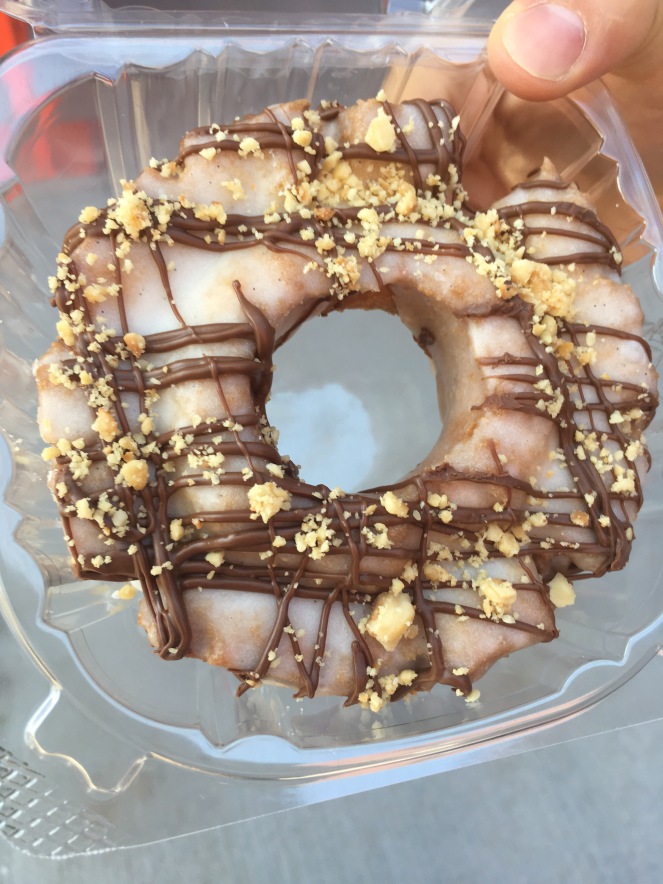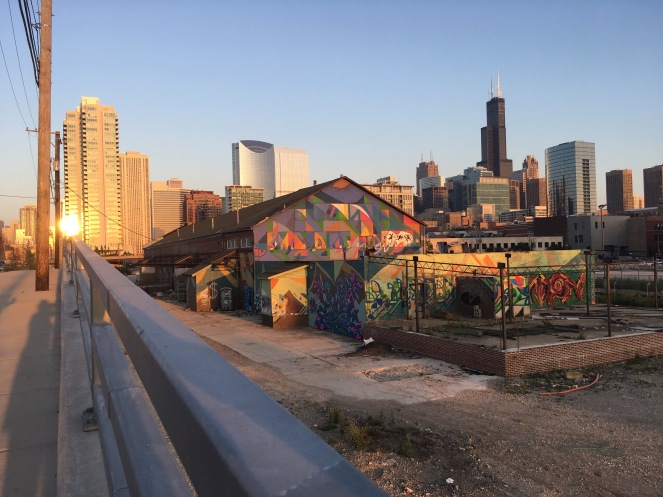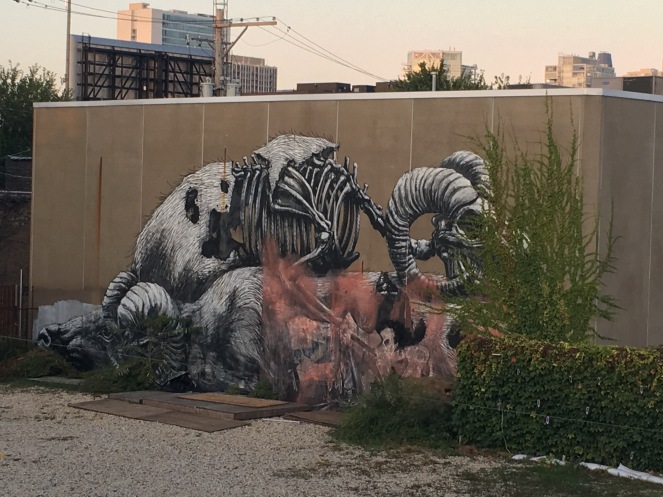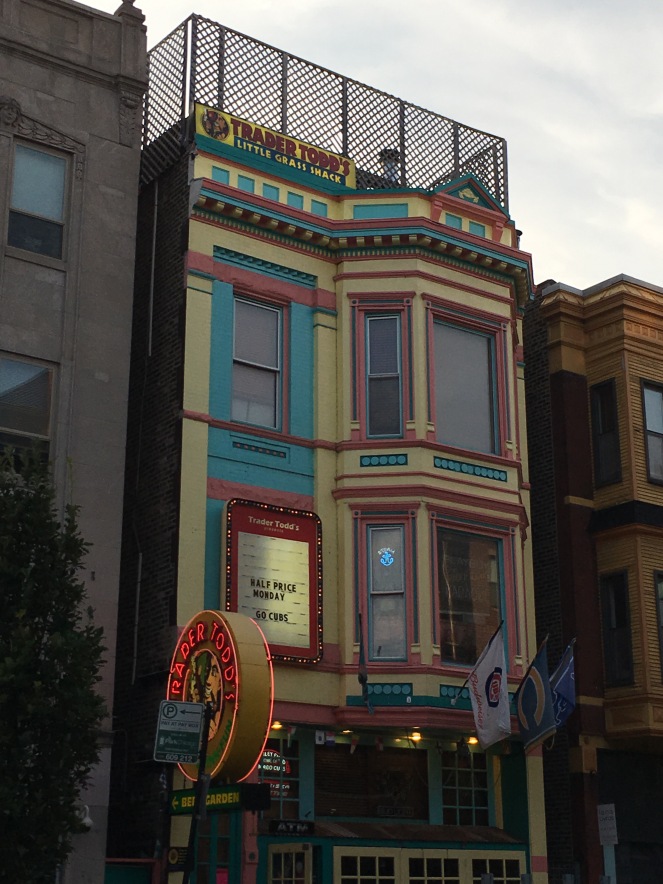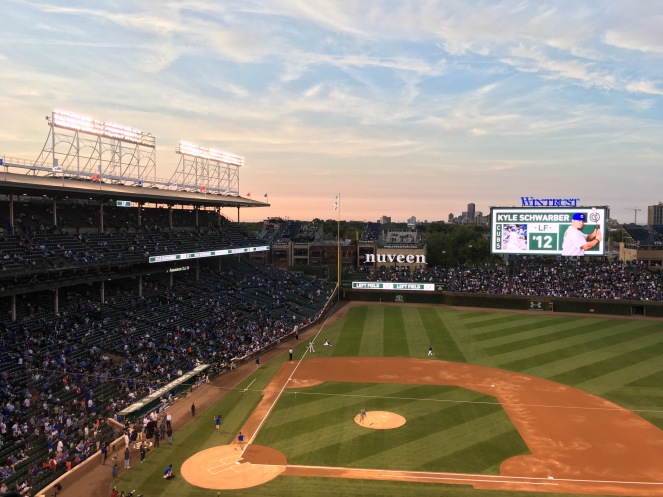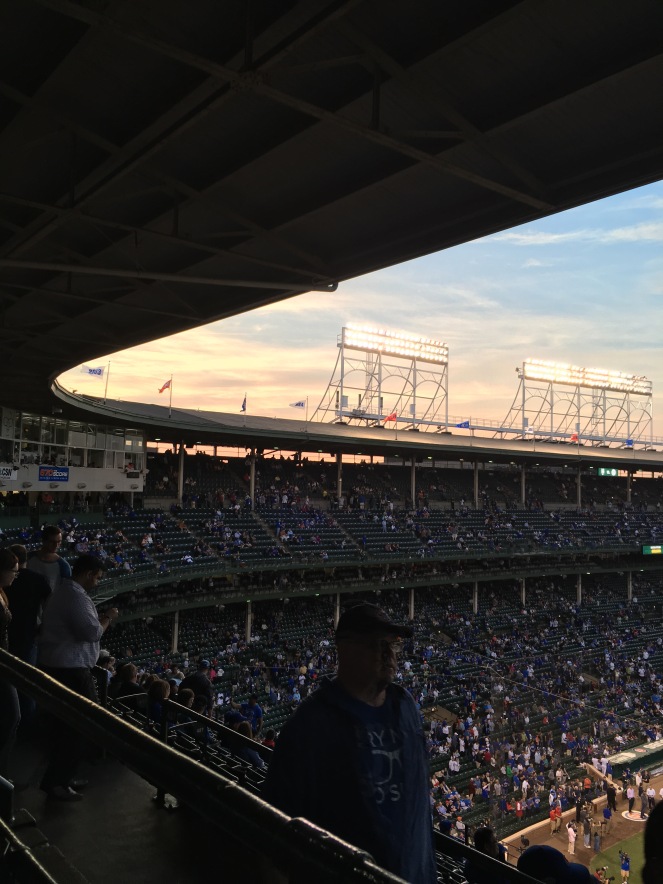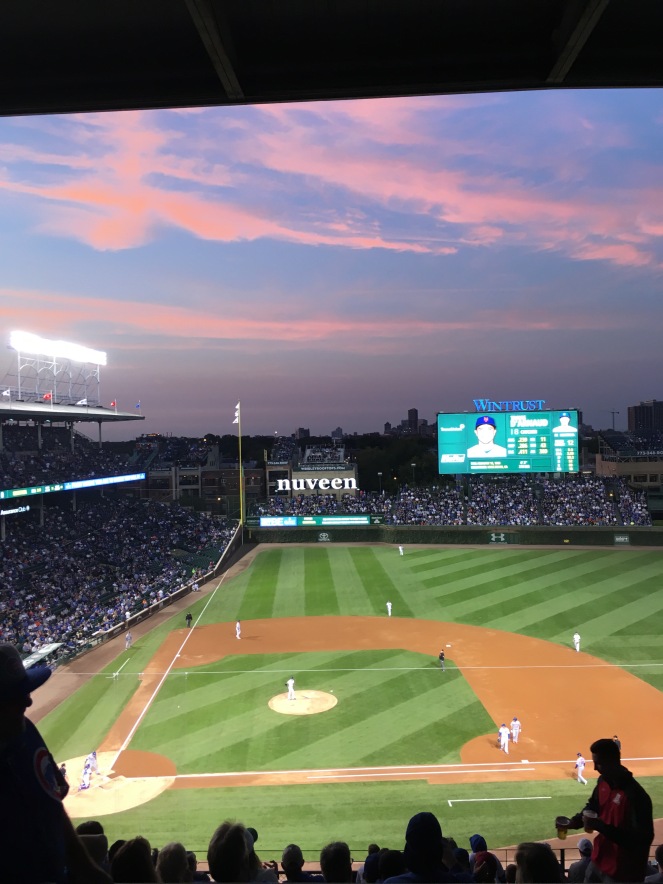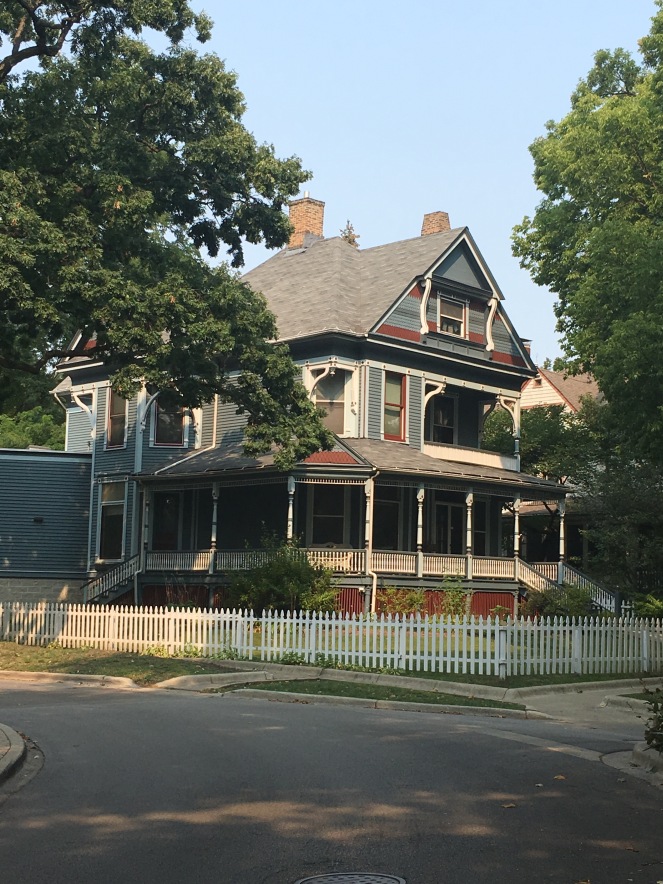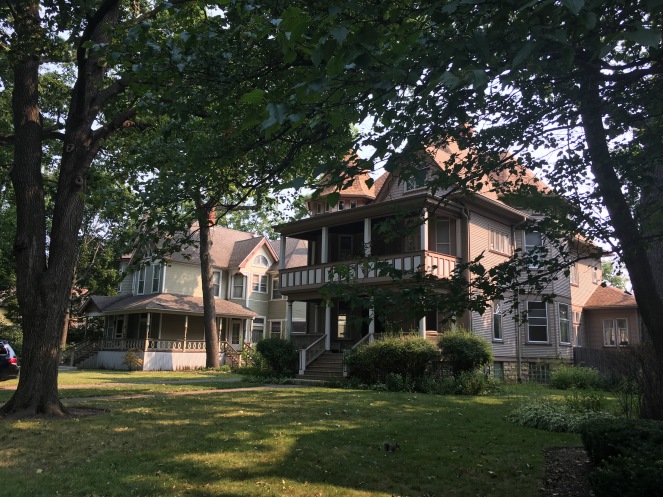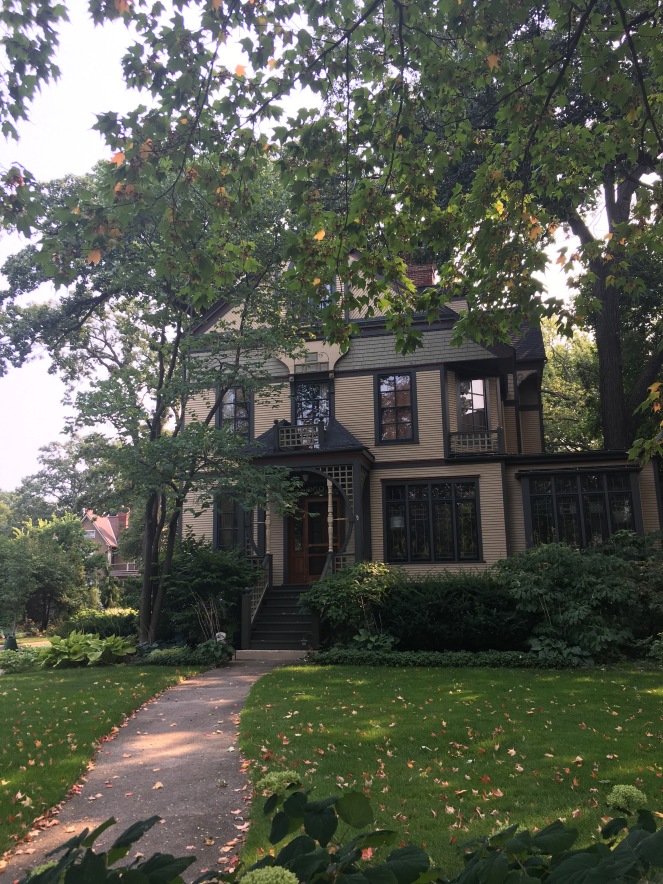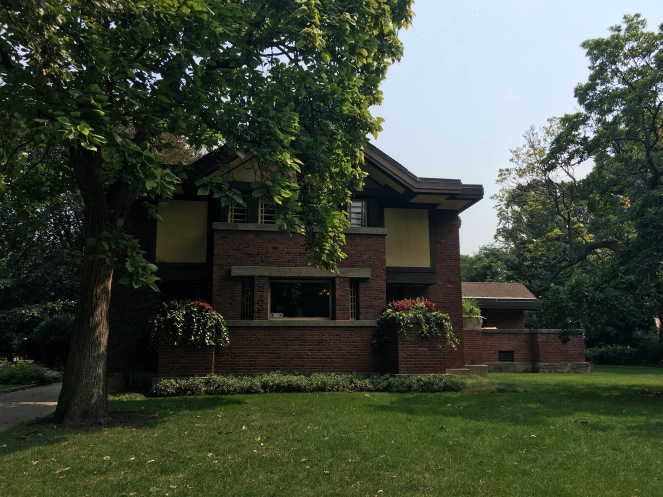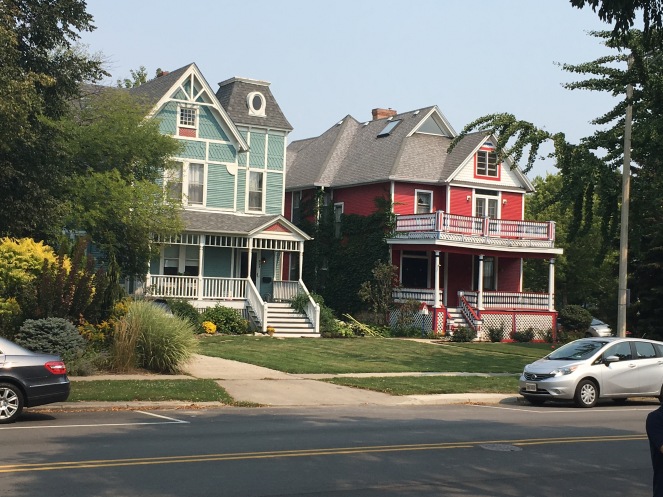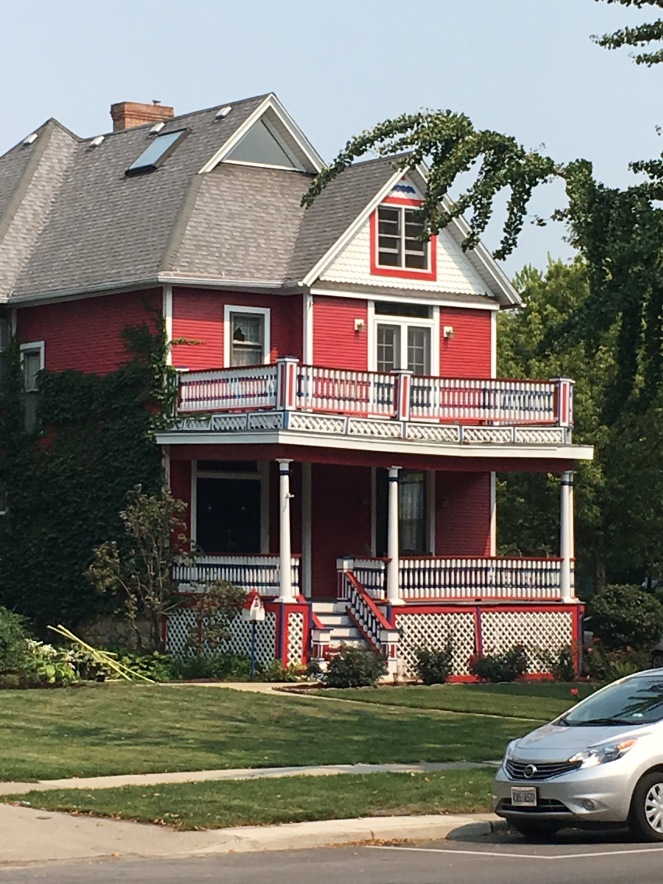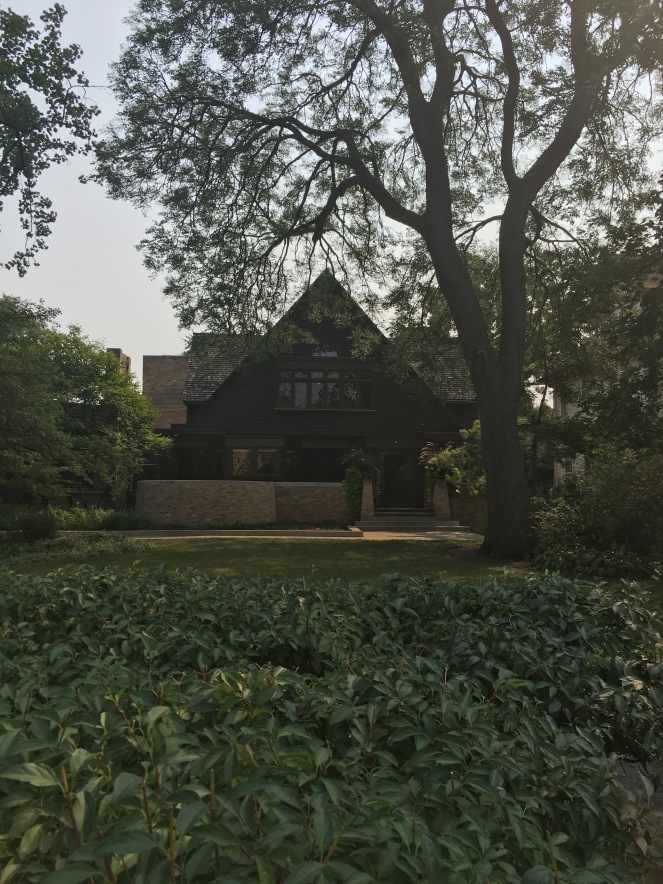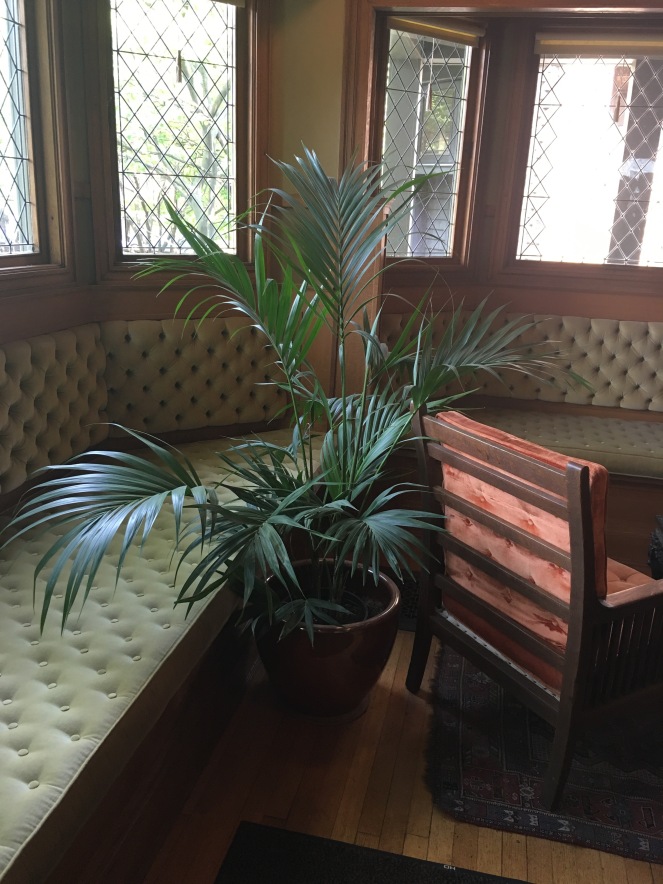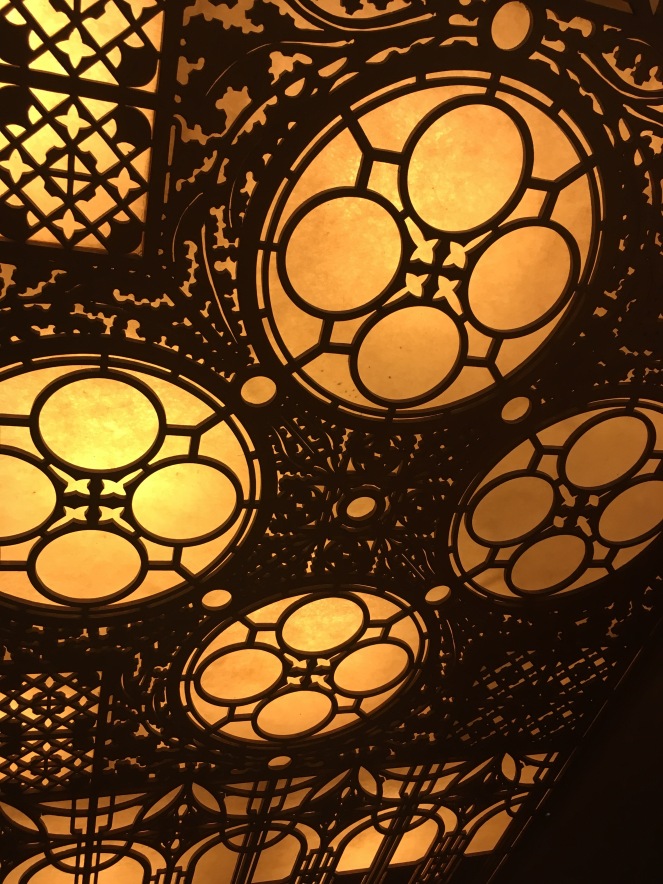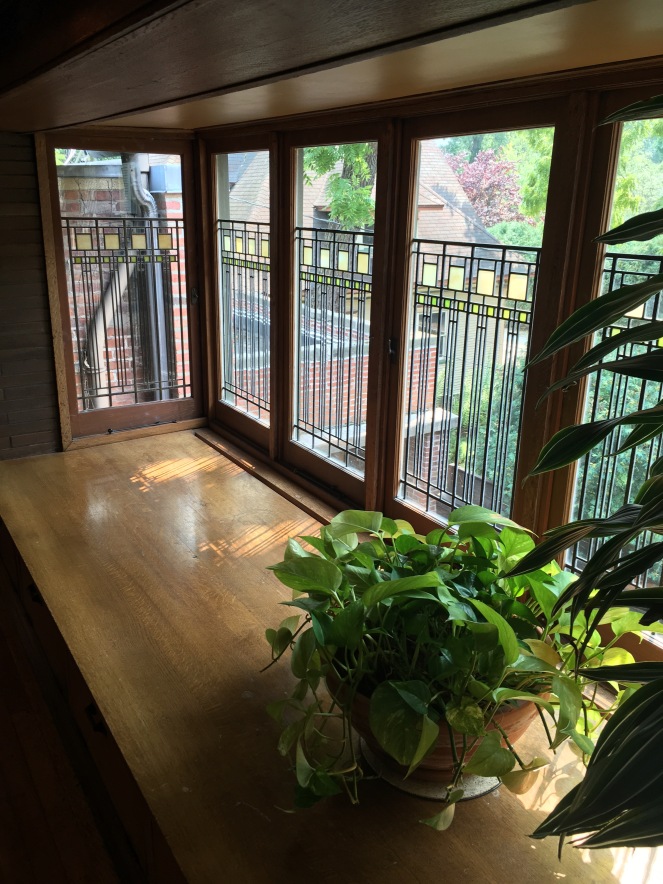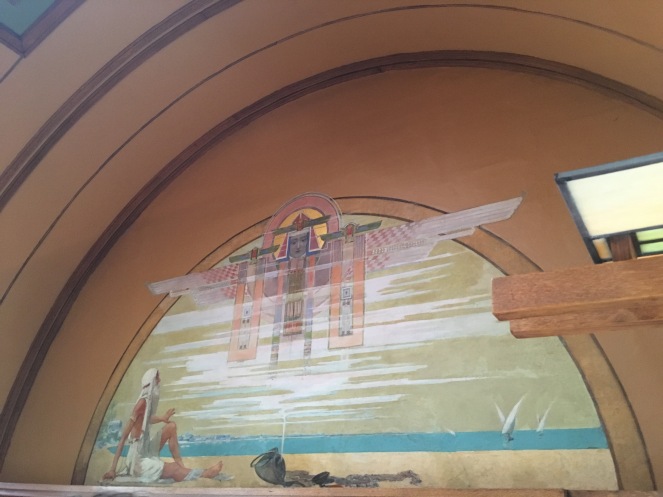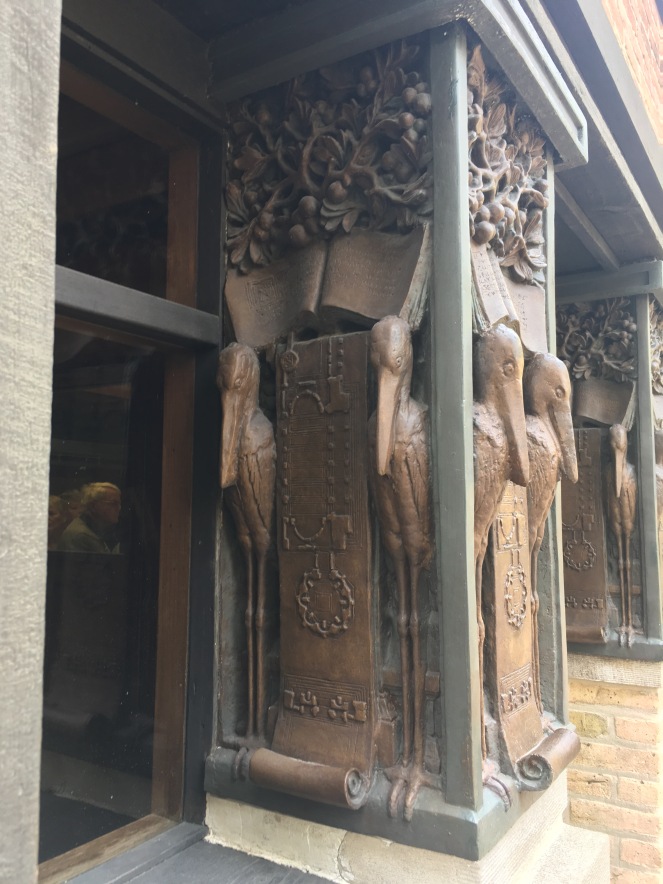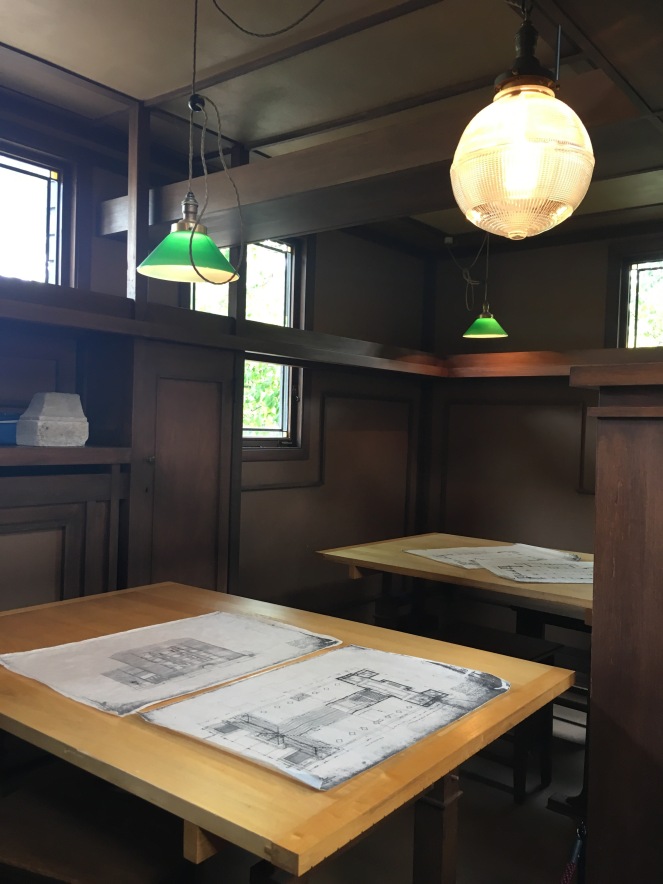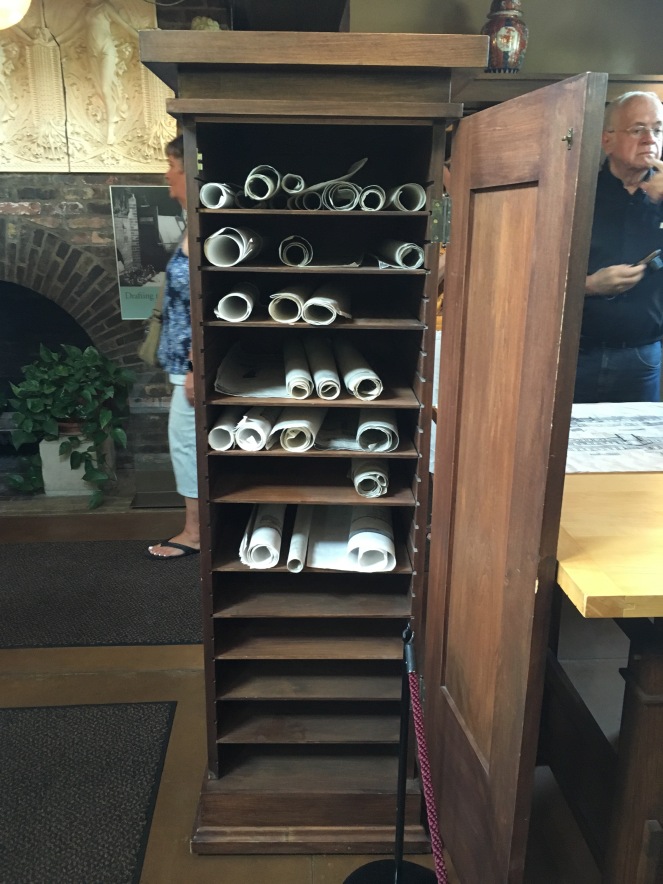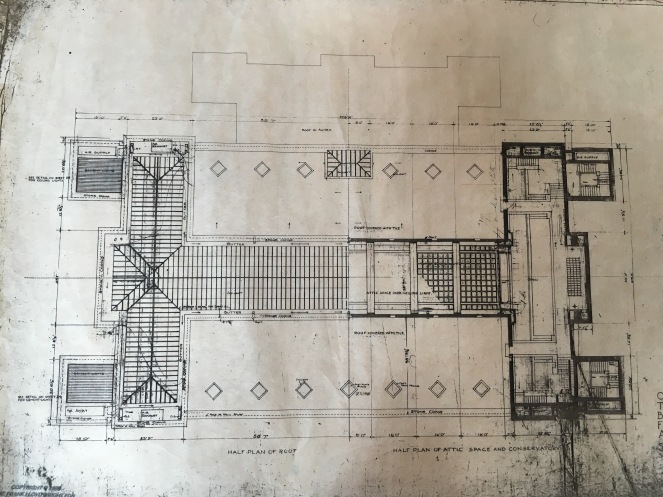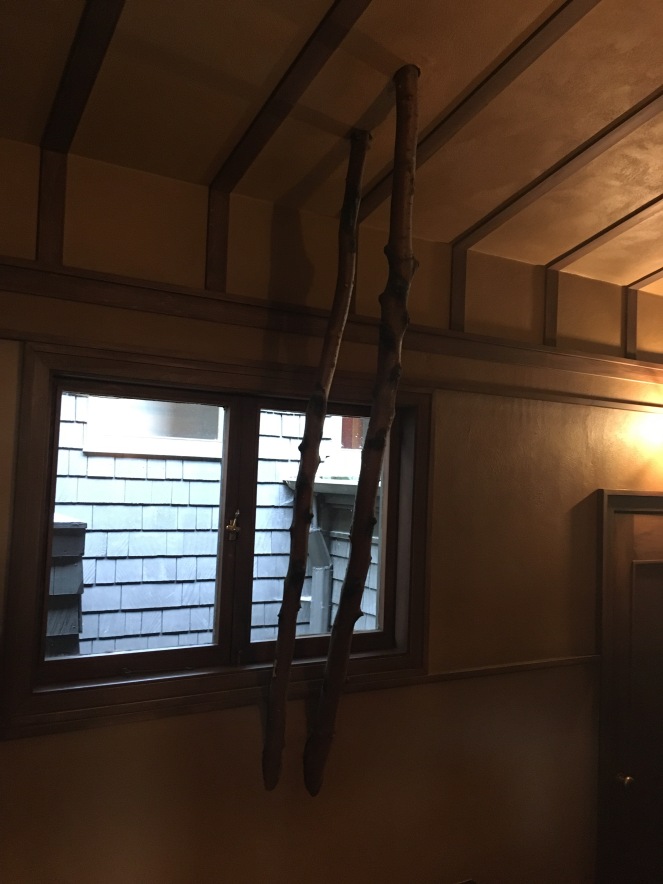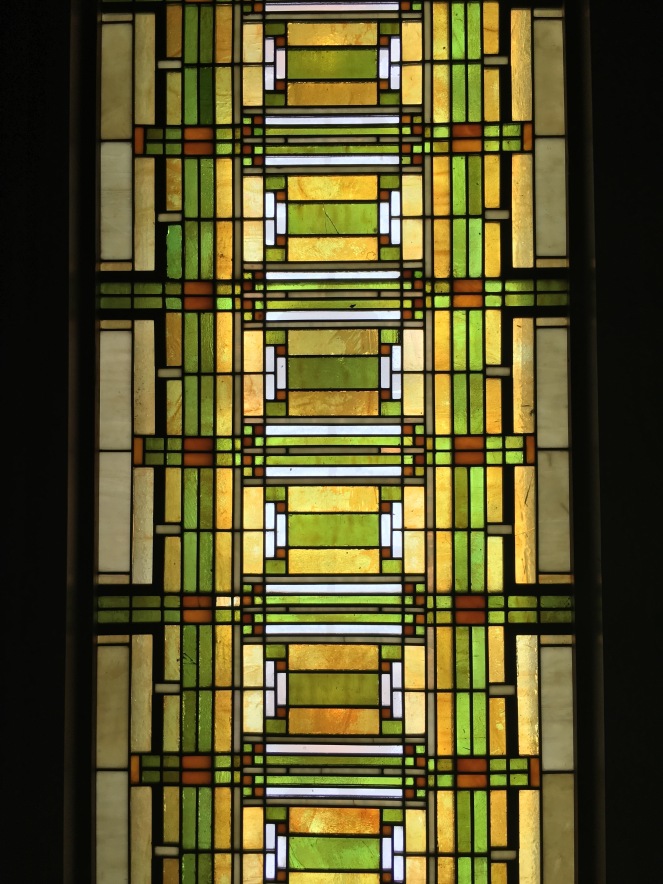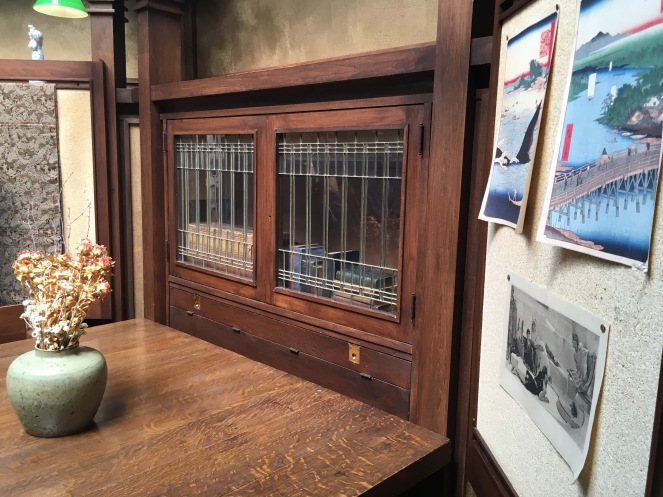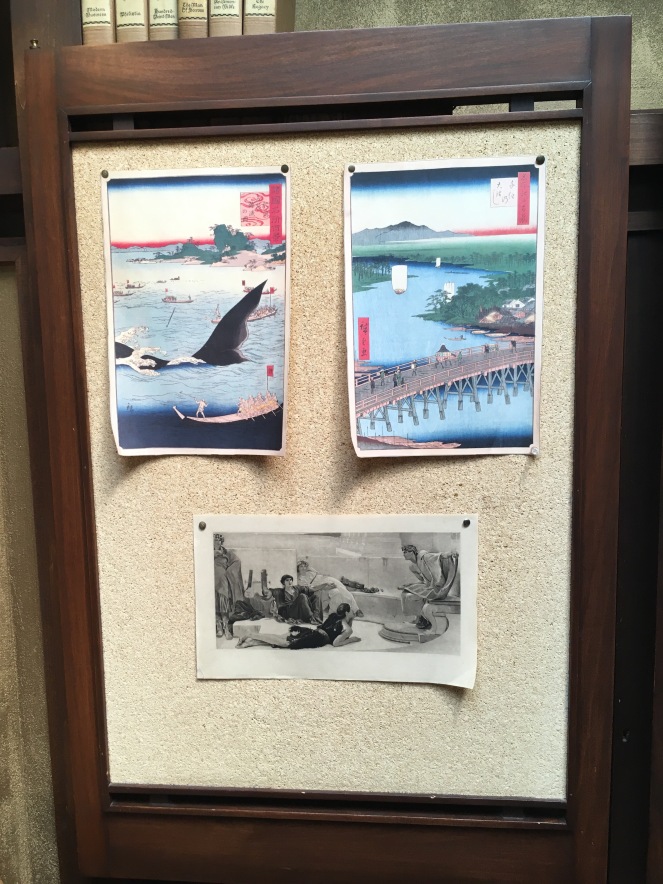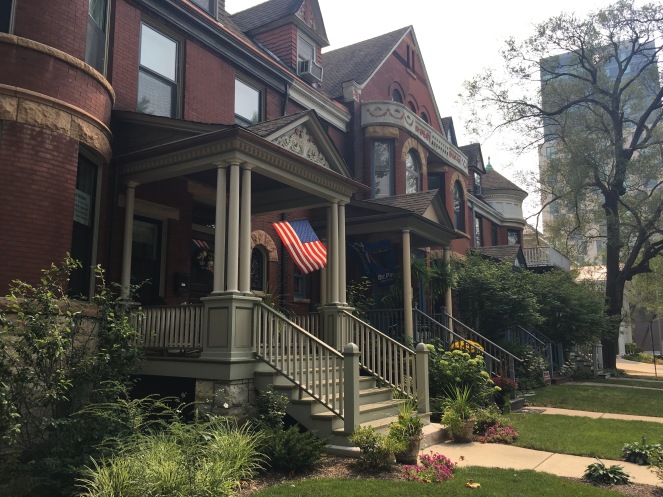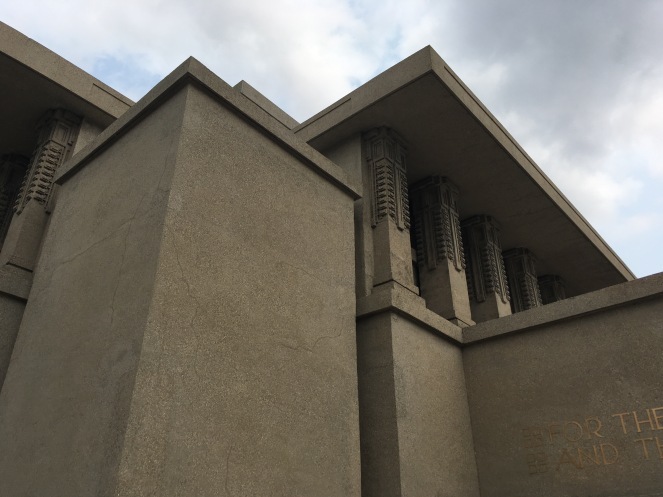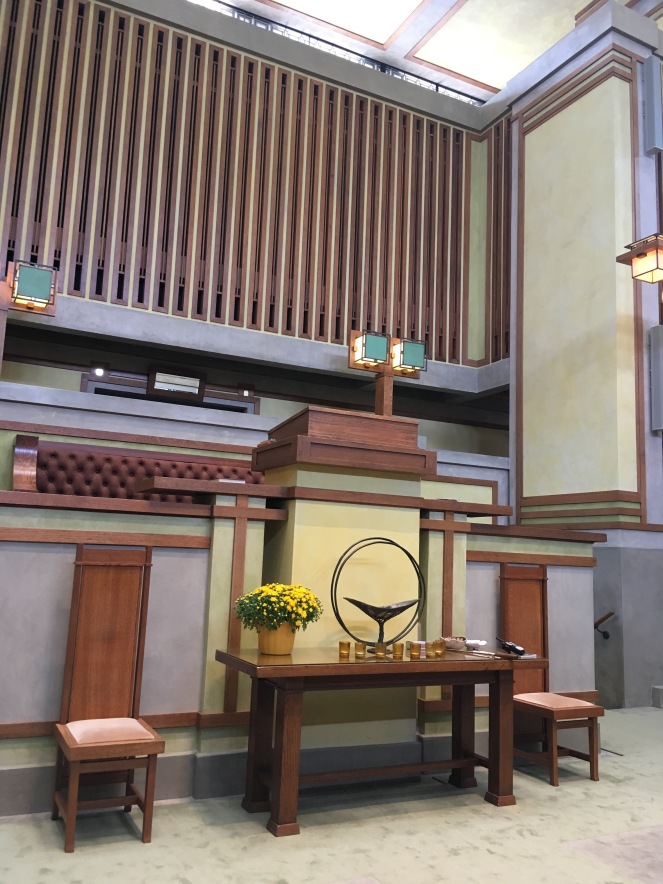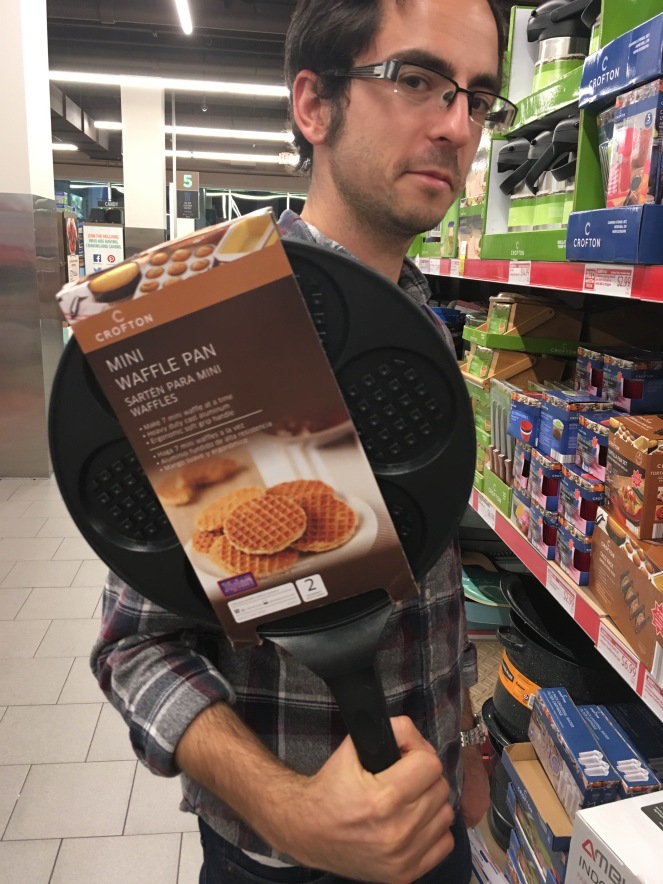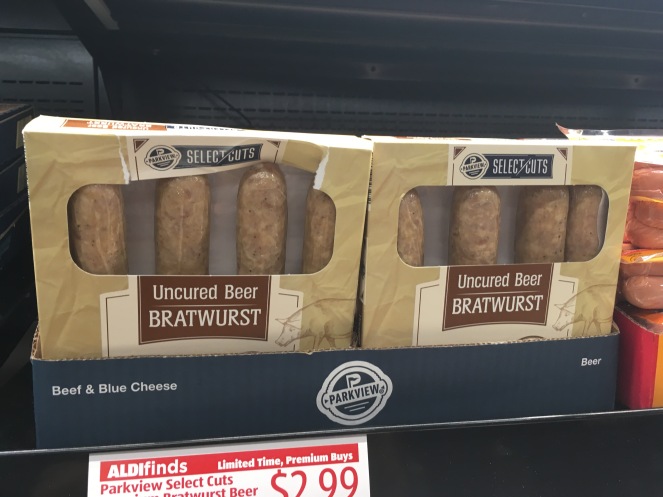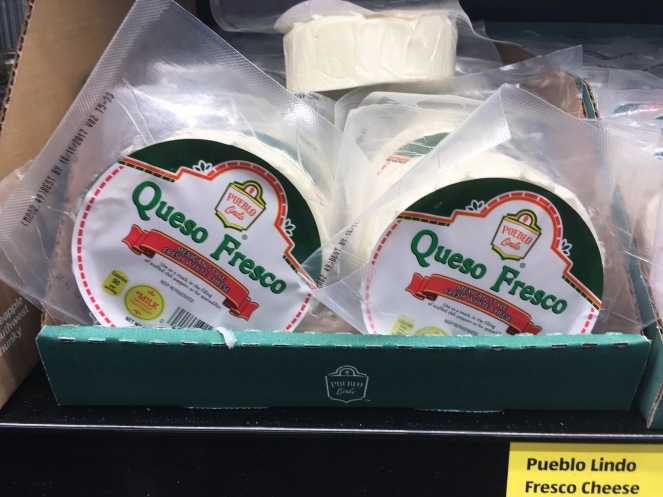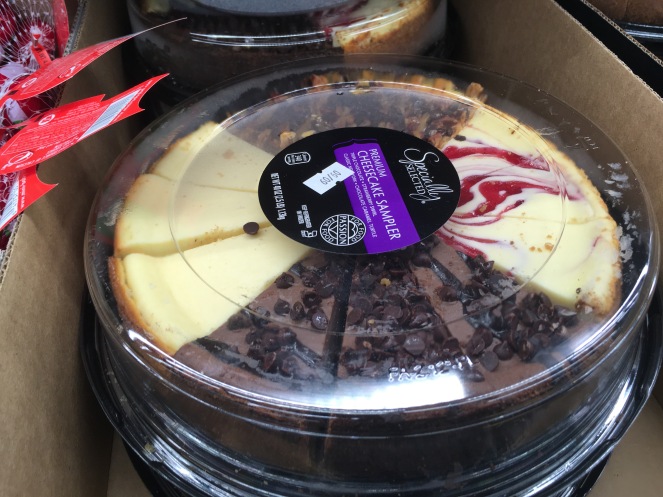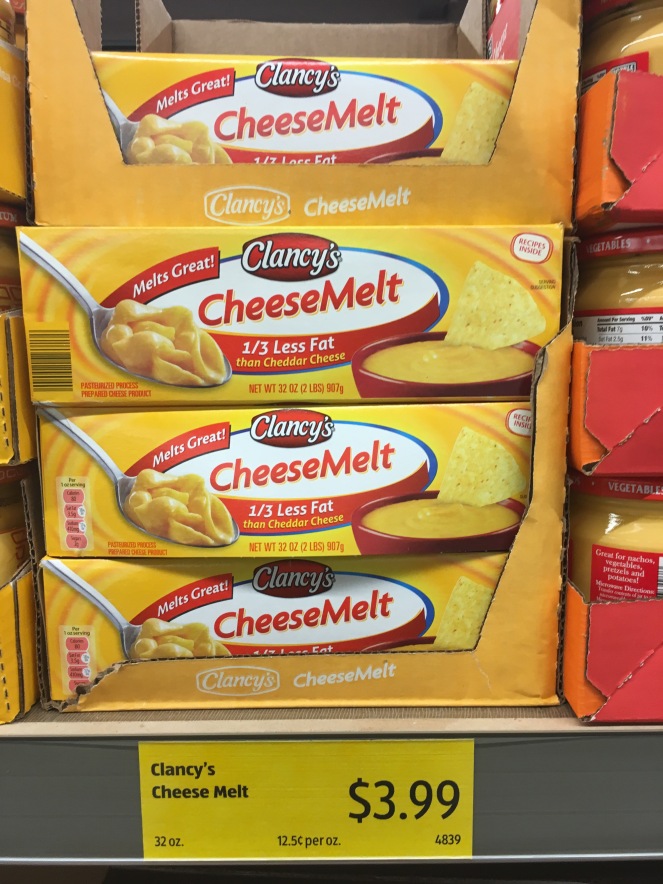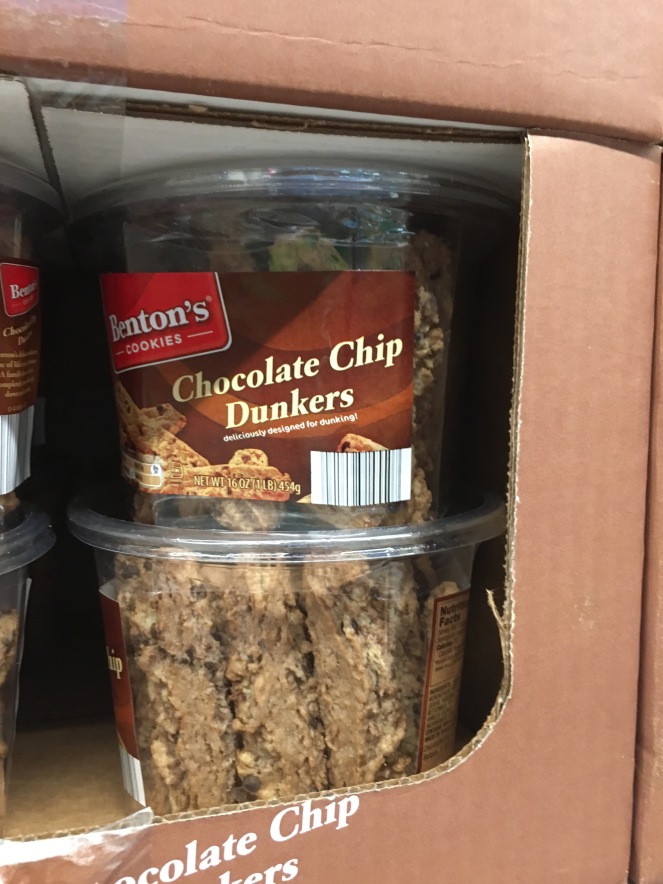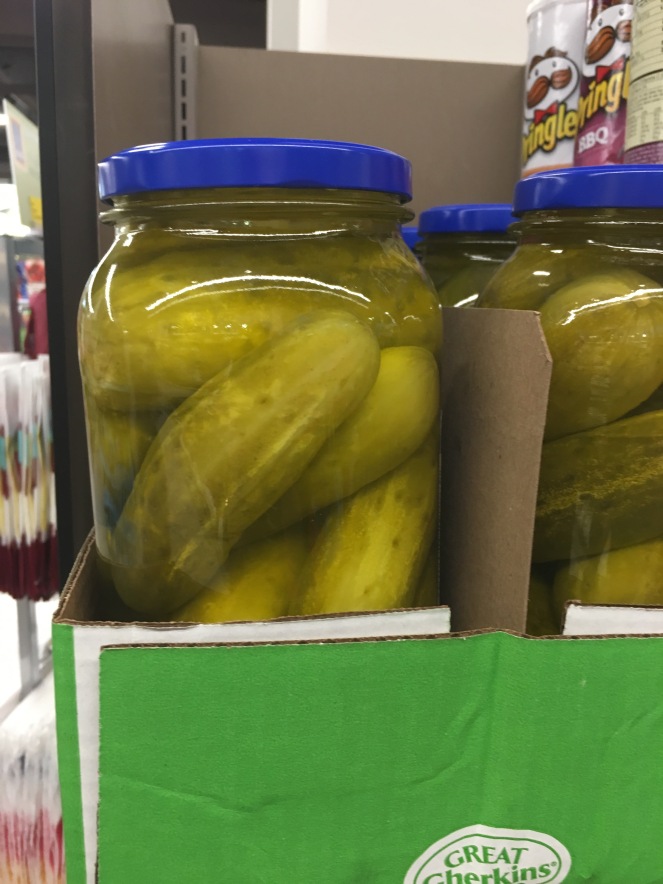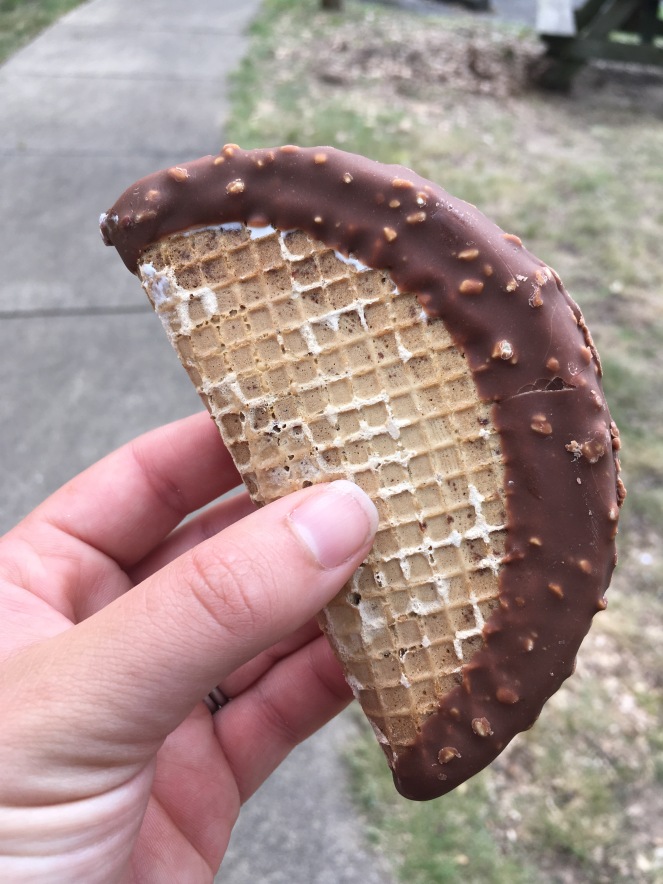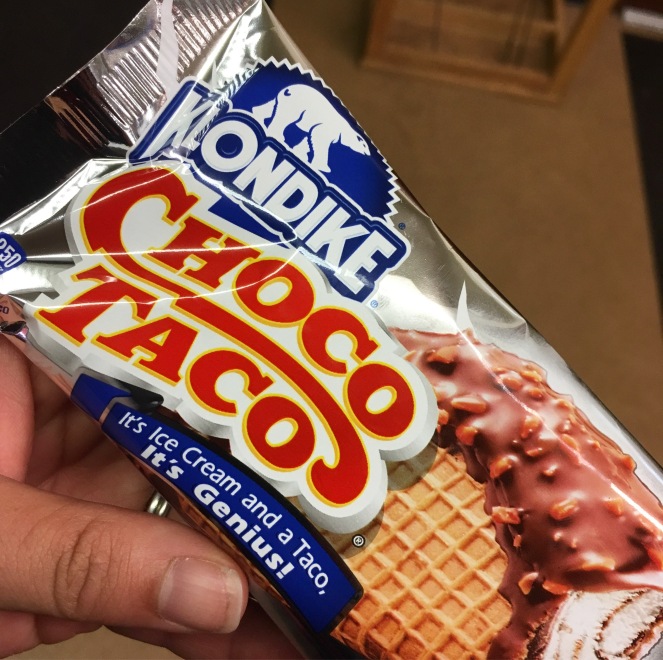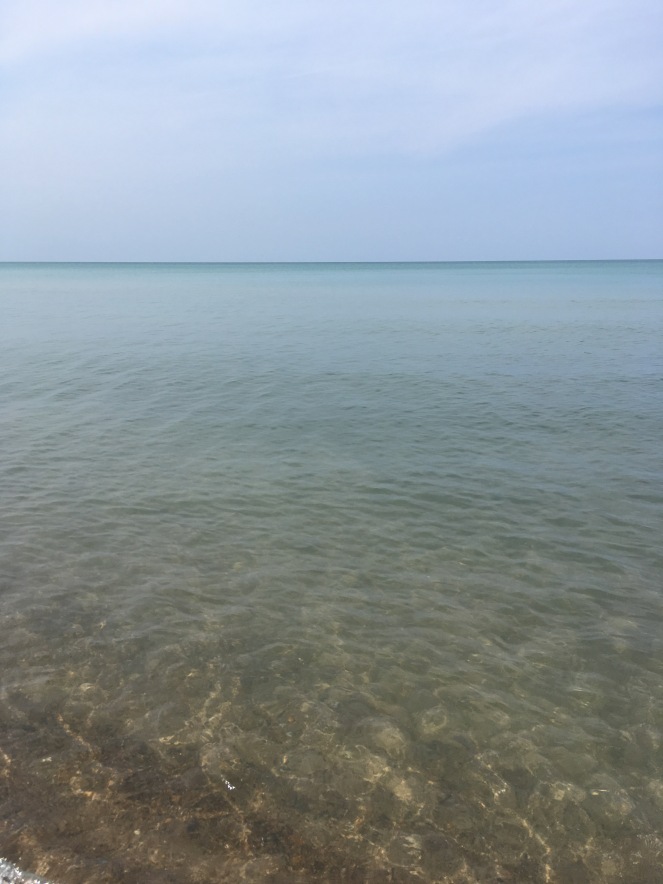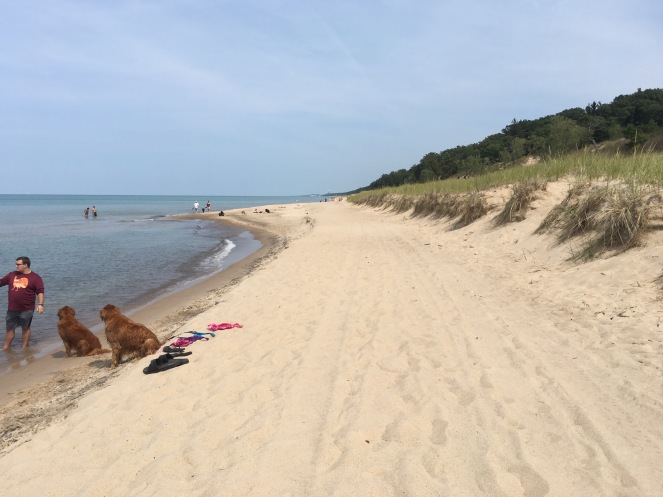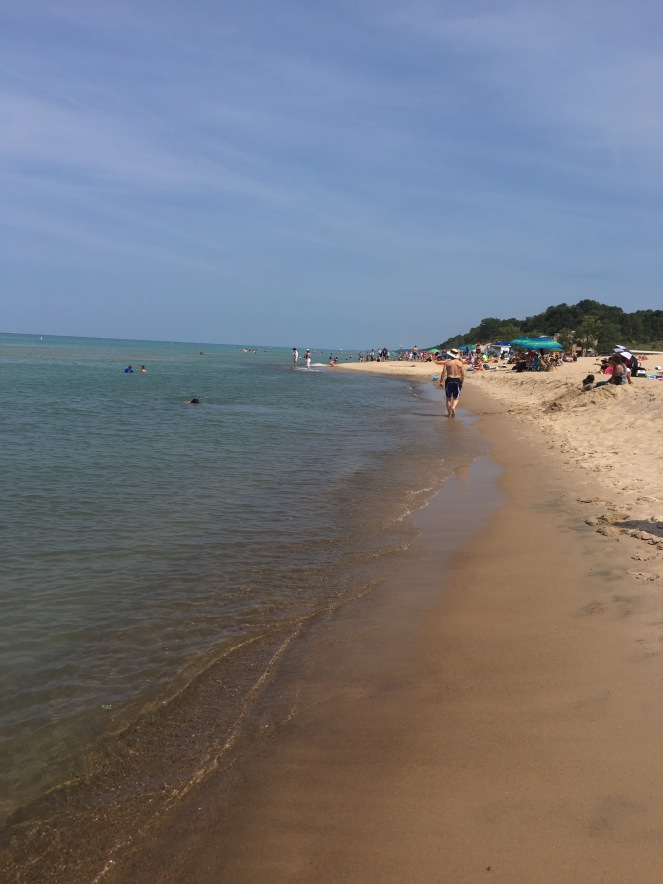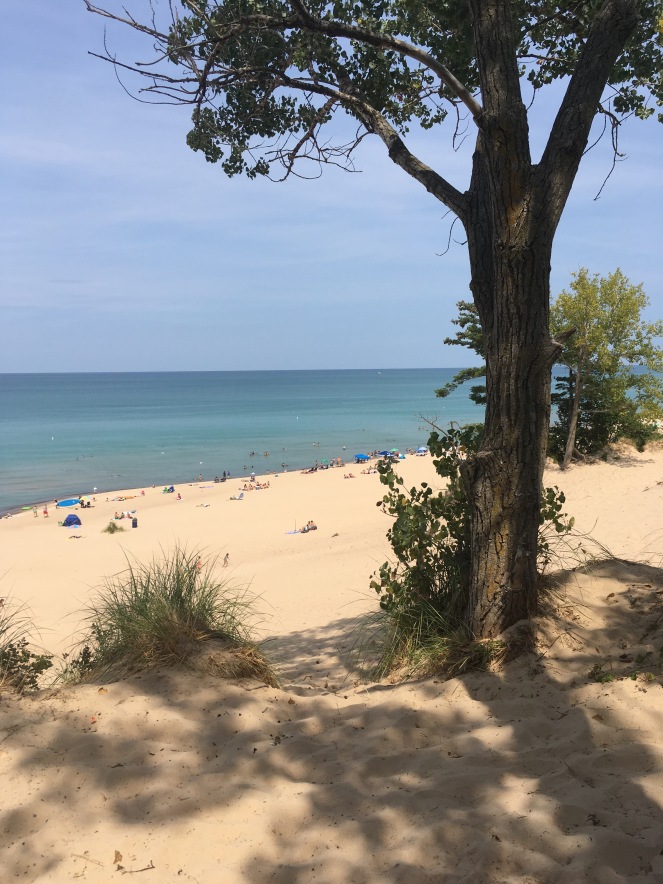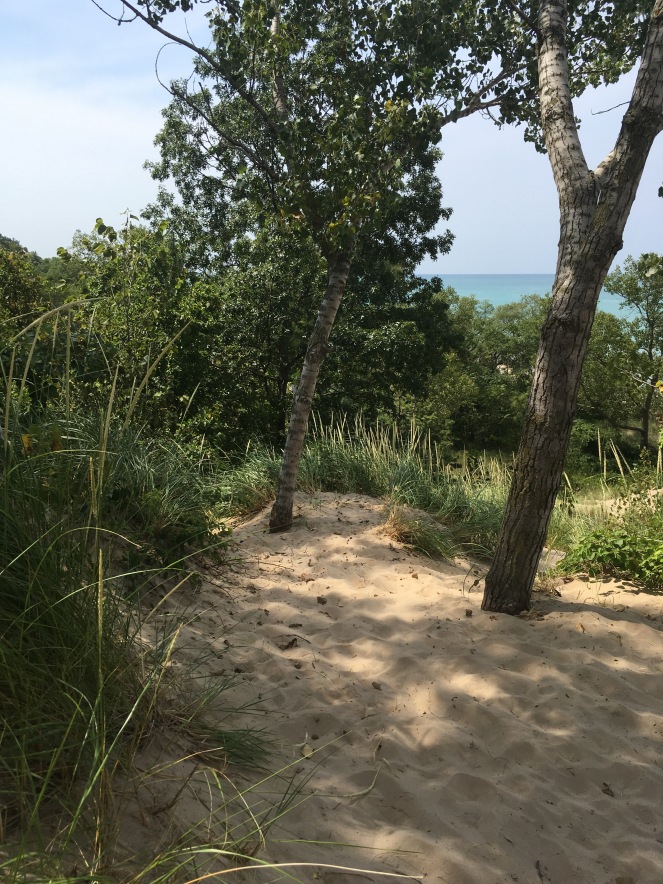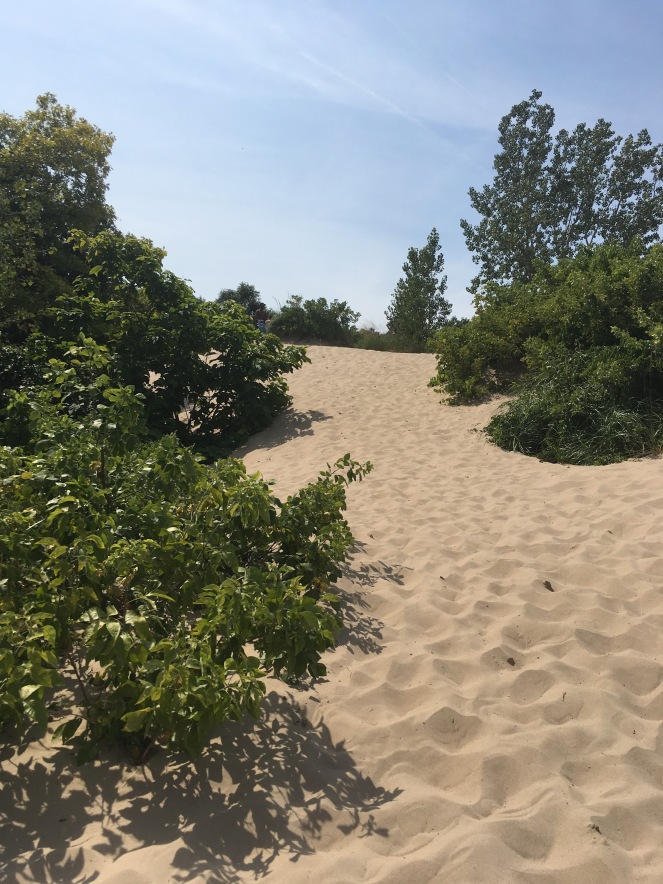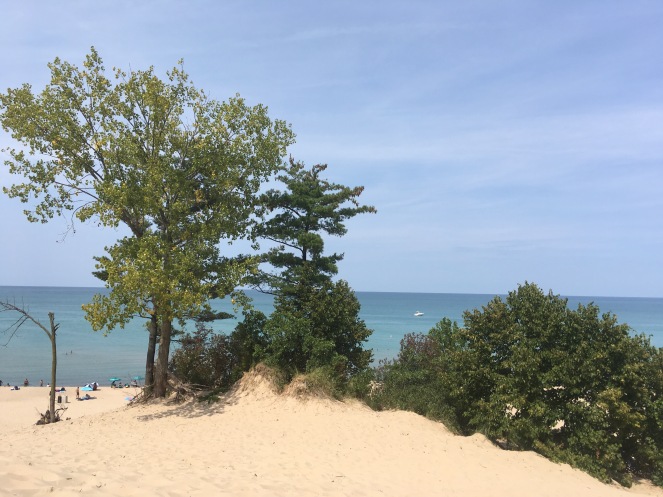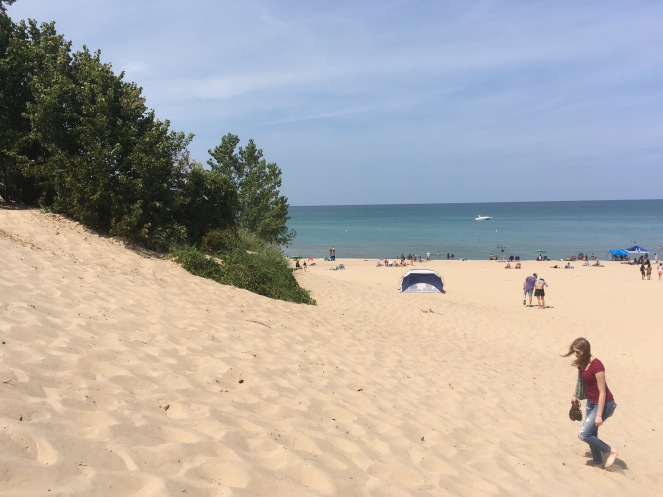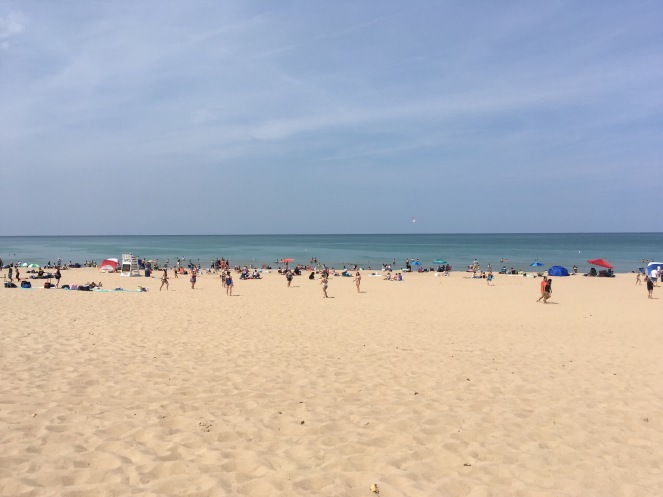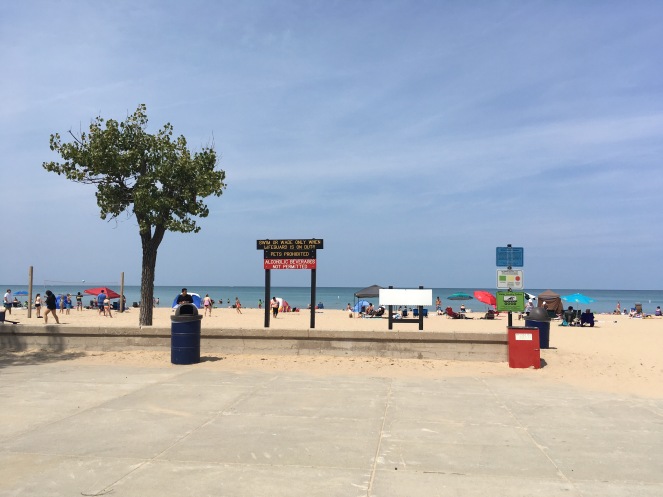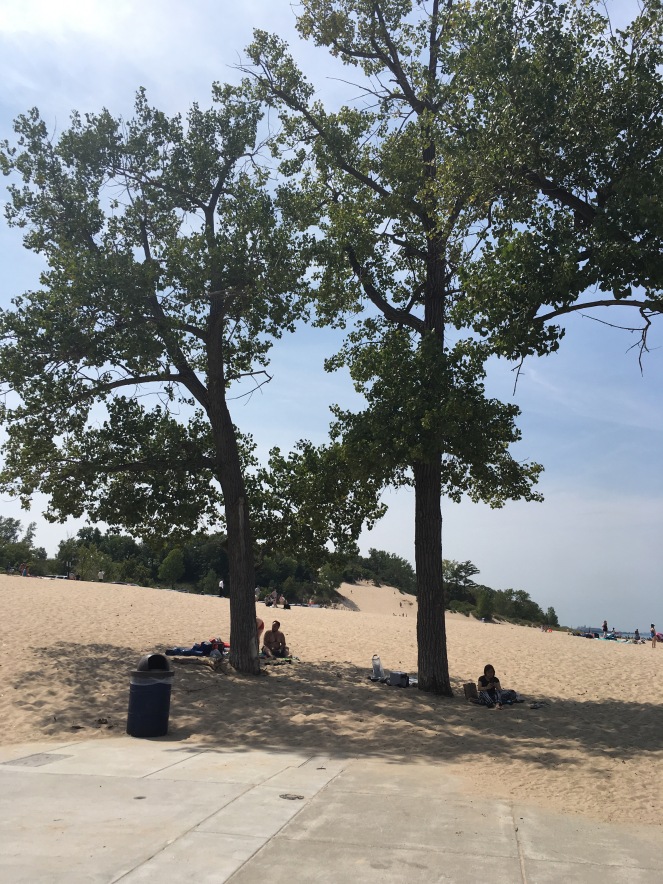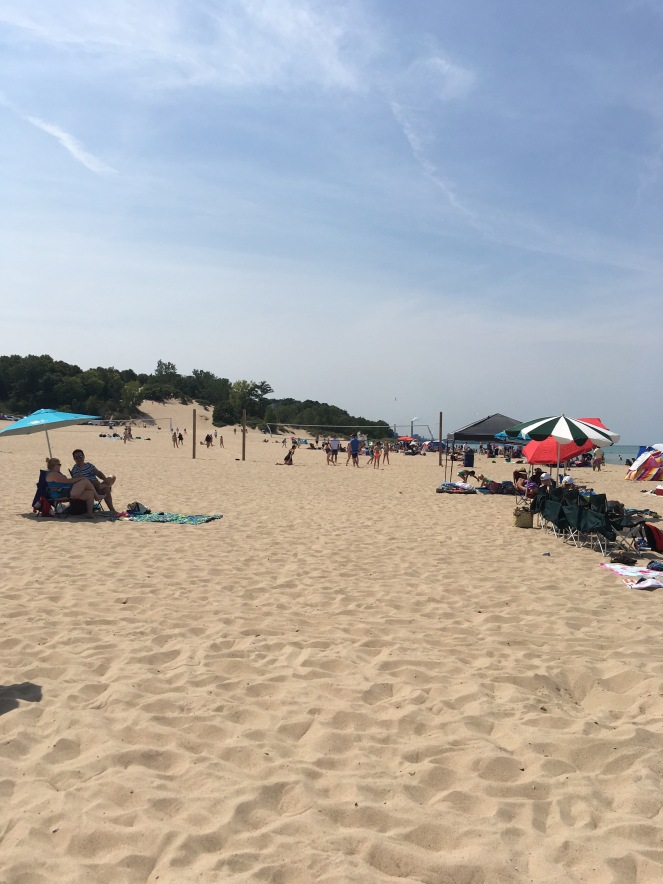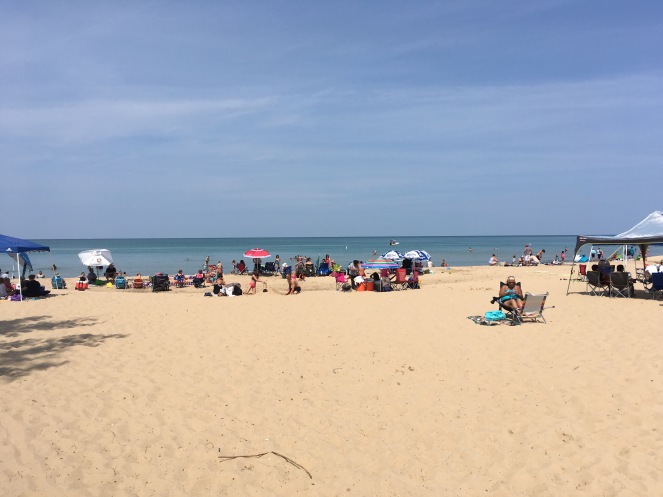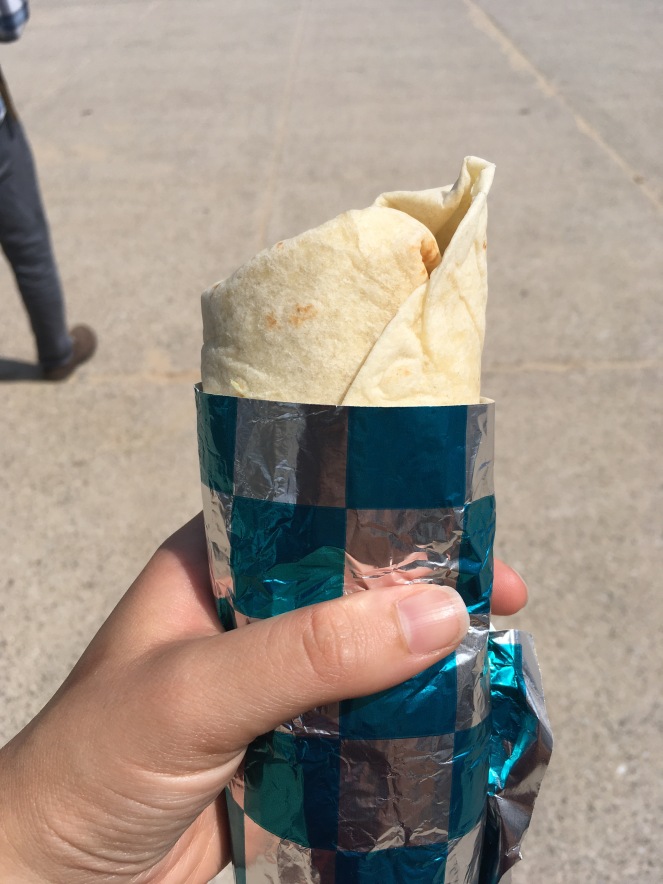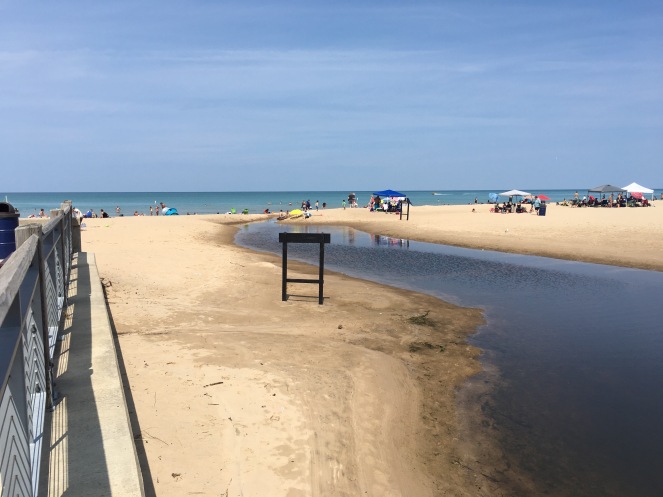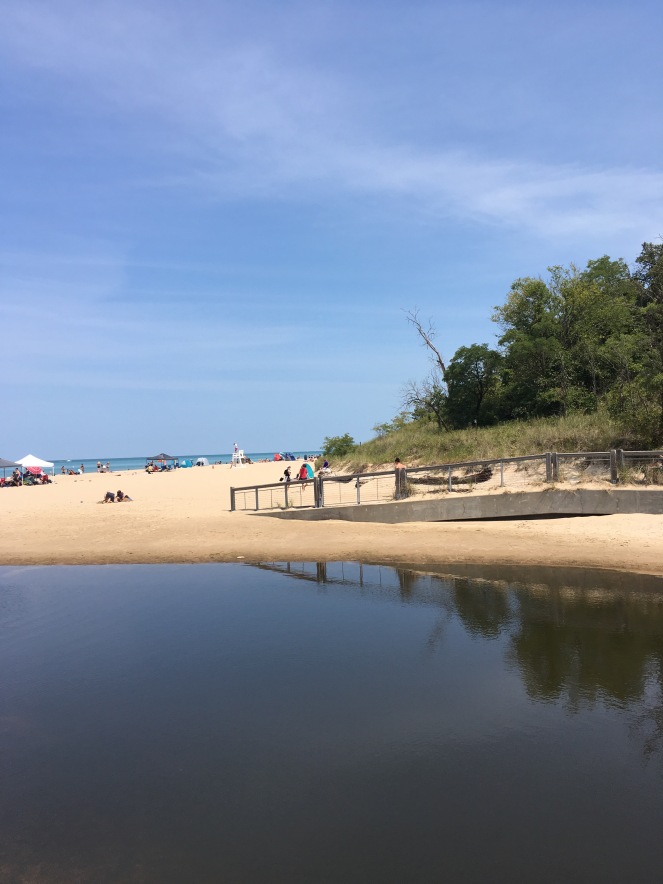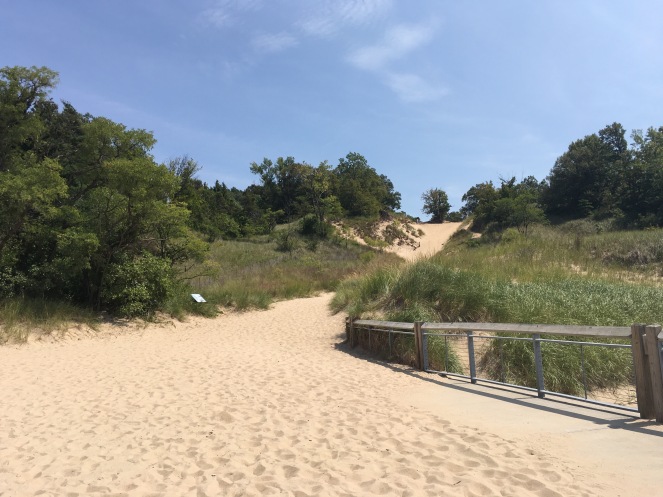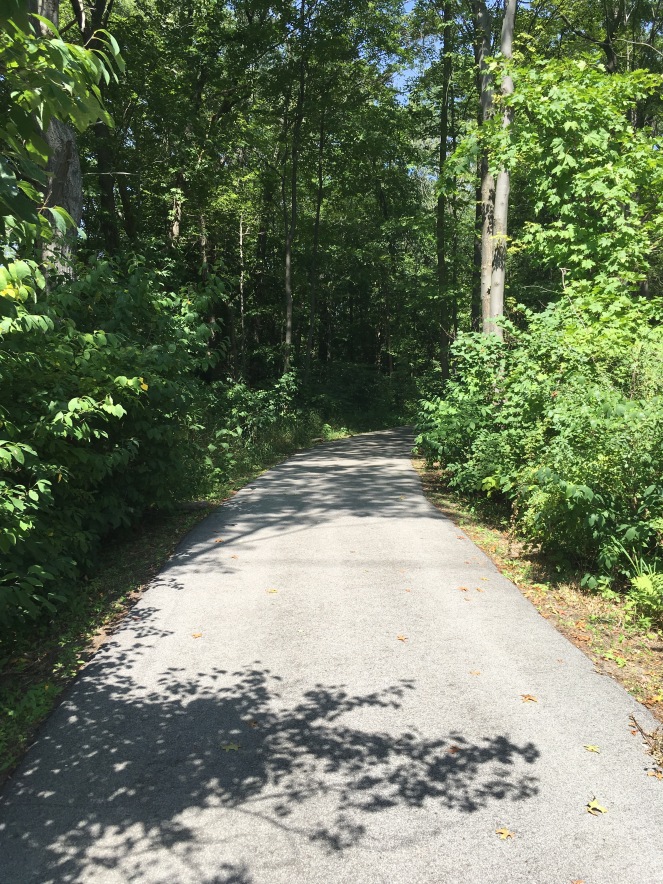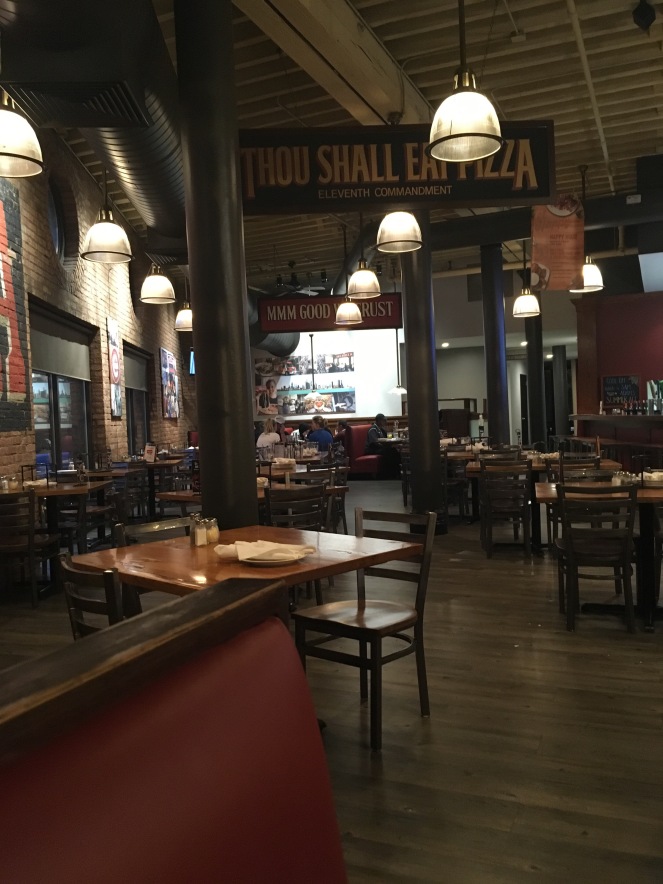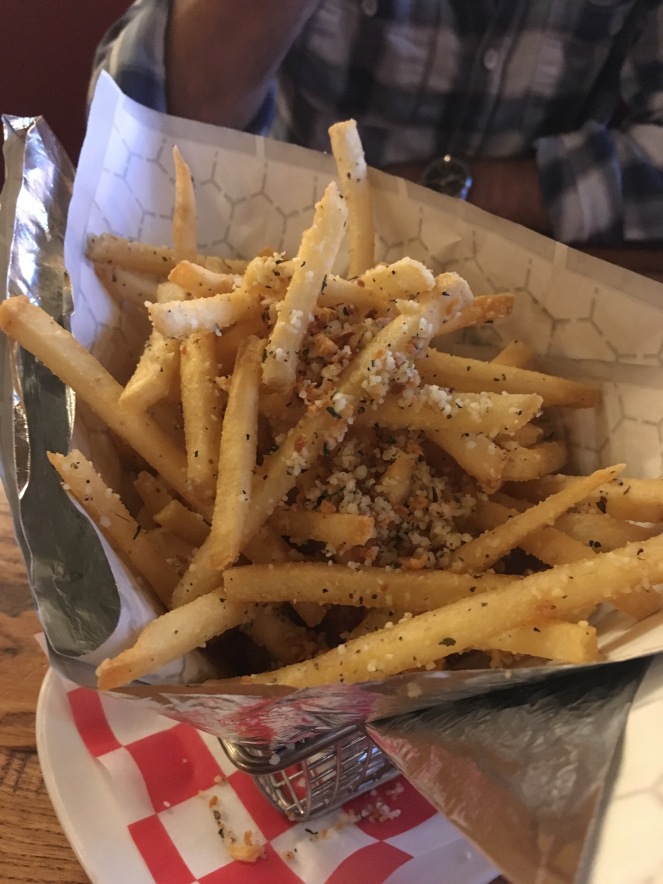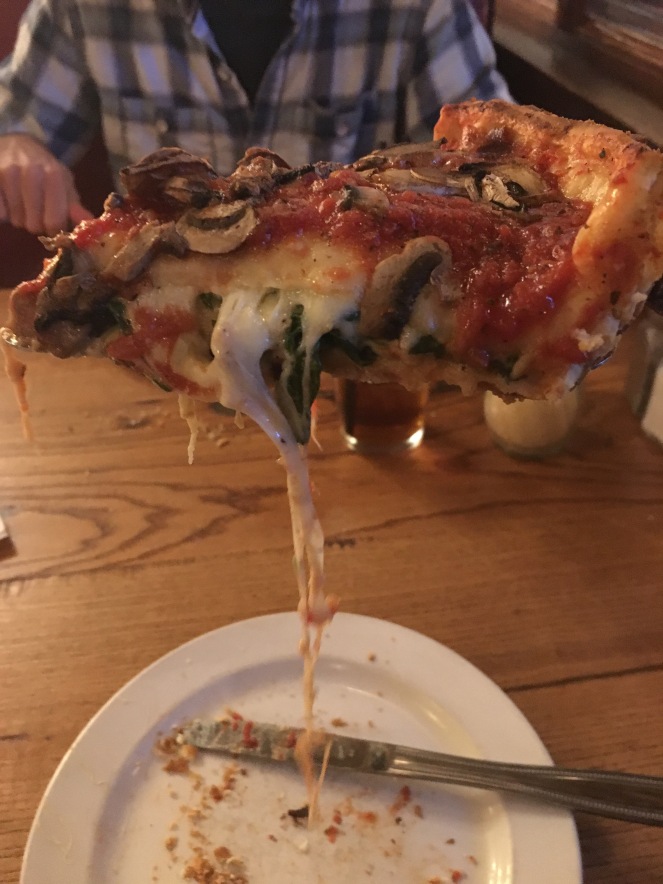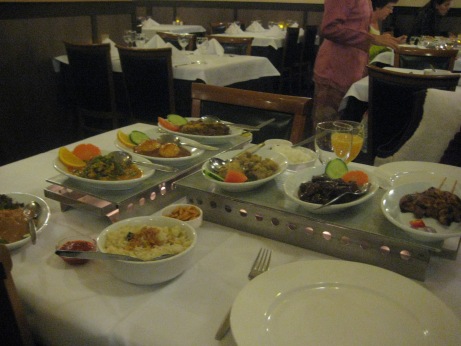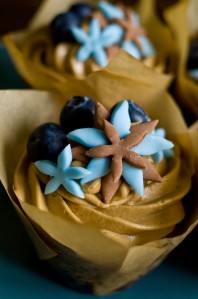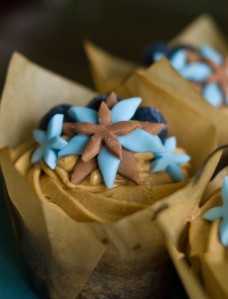After last week’s neolithic oatcakes, we will be moving into the slightly more conventional field, and introducing you to arguably the most important people in the field of baking – The Ancient Egyptians. Why are these people the most important, you might ask? Well, the ancient Egyptians are the first recorded people to have made use of a leavening agent (in this case, yeast).
The addition of yeast is probably the most important event in the development of cakes as prior to this, cakes did not rise. Without a leavening agent cakes (and breads for that matter) were flat, crispy and very un-cake-like! The addition of yeast meant that for the first time a product recognisable as modern-day cakes and breads was available. As an aside, it also led to the invention of beer, a side product of the original baking process. The first large-scale bakeries were also seen, as seen in the painting below, taken from the tomb of Ramses III

Rather than kneading the dough, the Egyptian bakers would tread repeatedly on it (Top left hand corner of the picture). Not sure about that technique – I think I’ll stick to hand kneading…
At this point, bread and cake were still heavily intertwined, the terms often used interchangeably. The term ‘cake’ was used to describe a small bread roll, though one that would often be sweetened, with seeds and dried fruit added to create a more special cake. Honey was often used for a sweetener, but as this was an extremely expensive product, cakes of this nature would only be made for extremely wealthy people. For those with less money, dates or carob could be used as less expensive option. As these small sweet ‘cakes’ were made almost exclusively for the richer echelons of society, care was taken with presentation. Some were formed into spirals, others made in the form of cows, whilst others could be dyed red to resemble roast meat – each to their own! Feel free to try one of these decorative techniques with this recipe if you wish by adding red food colouring and shaping into the form of a meat of your choice. I think I will just stick to the snail spirals.
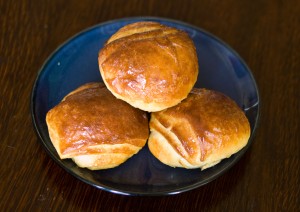
Ancient Egypt Style Honey Bread-Cakes Ingredients:
- 50ml milk
- 150ml hot water
- 1 tbsp dried yeast
- 500g strong plain flour
- 70g butter
- 50g caster suga
- 10g salt
- 2 large eggs
- 100g runny honey
Instructions:
Firstly, make the dough by mixing together the water and milk in a measuring jug. Add the yeast and stir to dissolve before setting aside.
Place the flour in a large bowl and mix in 20g of the butter, rubbing the mixture until the texture resembles breadcrumbs. Stir in the sugar and salt before mixing in an egg. Finally add the yeast mixture and mix with a wooden spoon.
Turn the mixture out onto an unfloured surface and knead for 1 minute by stretching the mixture with both hands, lifting and slapping down, folding the ends to the middle. Leave to rest for 15 minutes before continuing to knead for 5 minutes until if becomes very soft and pliable. Cover and leave to rise for 1 hour in a warm place.
Roll the risen dough into a rectangle 2cm thick. Chop the remaining 50g butter into cubes and place in the centre, before folding the dough into thirds by folding each end over the centre. Seal the edges with your fingers and roll out into a rectangle again. Repeat the folding process (minus the butter!) and set the dough aside to rise in a warm place for 1 hour. Repeat the folding and rolling, before allowing to rest for a final 30 minutes.
Cut the dough into 12 pieces and form it into 12 round buns. Place on a baking tray lined with baking paper, cover loosely with a towel and leave for 30 minutes for one final rise.
Brush with eggwash and bake in a preheated oven (Gas mark 6) for 20 minutes until golden. It may not traditional, but these are delicious served with butter and more honey.
[Additions: Include dried fruit or dates, chopped nuts or seeds – put your ancient Egyptian hat on and go wild!]

